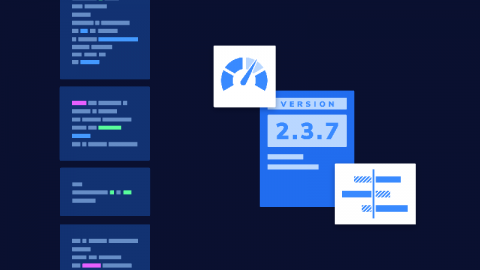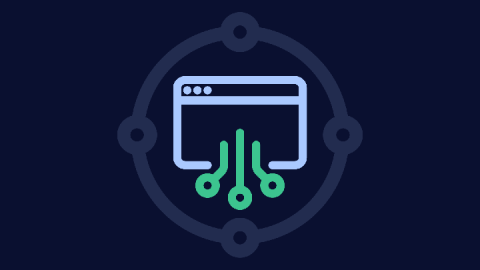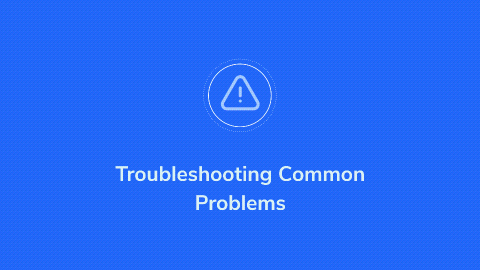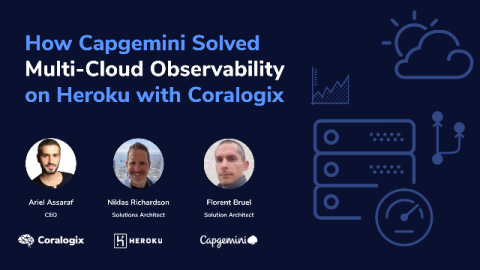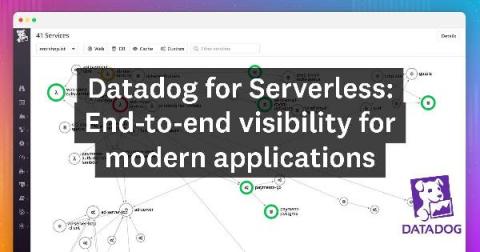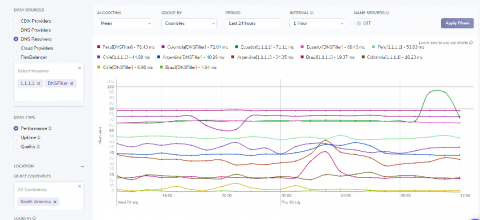Shifting Left: Taking Back Control of the Cloud
In the second episode of the Shifting Left podcast, we sat down with one of our resident cloud experts, Vikram Parmar, to get his take on how IT leaders can avoid the often-times spiraling cost of cloud investment.





